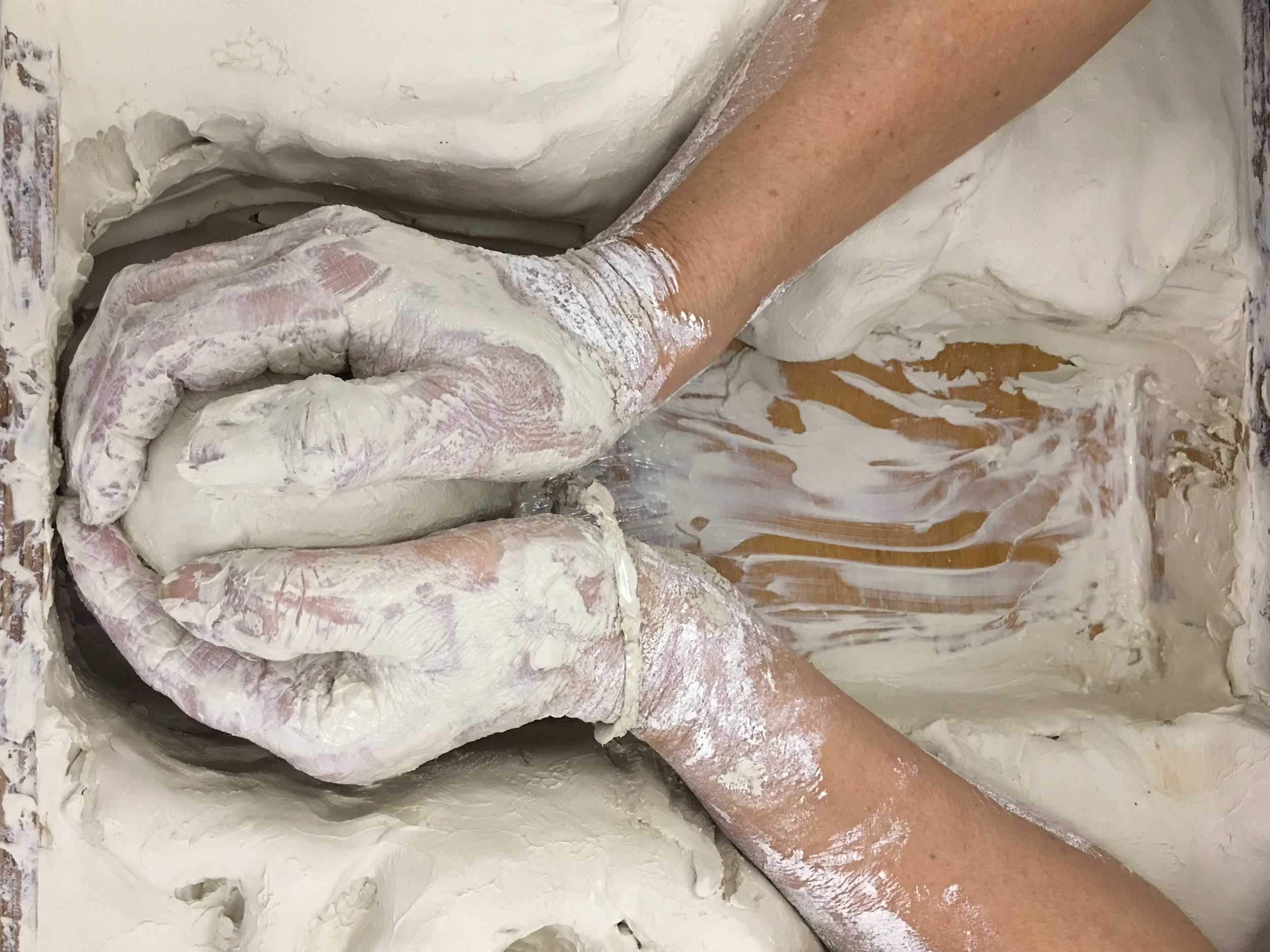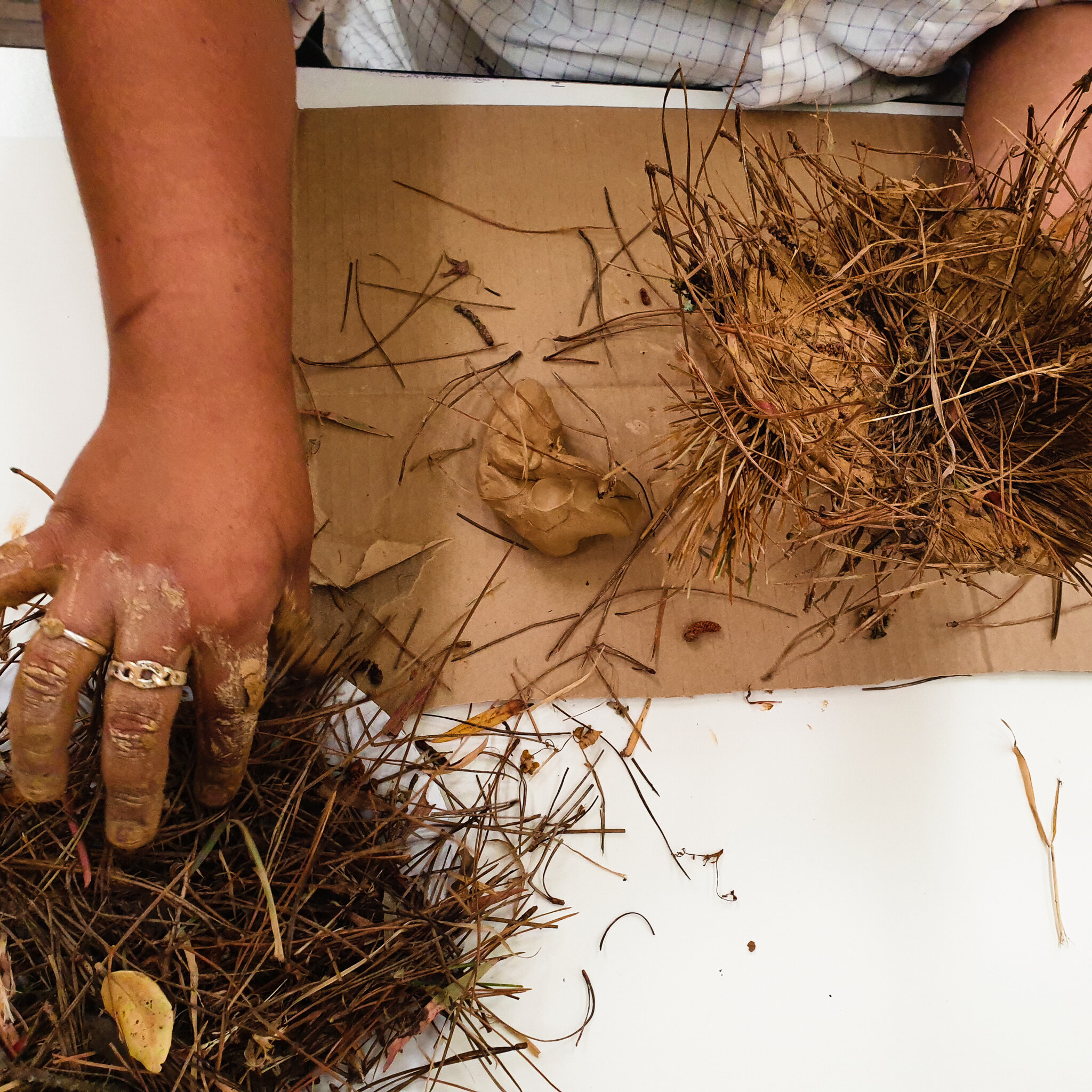Sensorimotor Art Therapies
Creating Totems can stabilize clients
Sensorimotor Art Therapy has the potential to initiate a process that unfolds like an inner healing journey. Guided Drawing represents the key approach of Sensorimotor Art Therapy. It is a body-focused drawing approach providing an archetypal structure that applies the philosophy of Jungian Depth Psychology to universal, formal elements, like a line or a circle or a square. The aim, however, is not so much to teach one particular approach, but to understand art therapy as a visual principle, an open concept that can be translated into a wide range of different contexts. While a lot of the focus of the training program will be Guided Drawing, other art therapy approaches will also be taken into account. The aim is to teach a variety of different tools suitable for a variety of different client groups and inner needs.
Certificate in Sensorimotor Art Therapy: Initiatic Art Therapy
The Certificate in Sensorimotor Art Therapy Training Program comprises a series of 8 weekends for a limited number of interested professionals and students over the period of two years. The aim of the courses is to enable its participants to integrate art therapy approaches into the existing framework of their current practice, be it as counselor, social worker, teacher, nurse, artist or psychologist........ The focus will be on the experience of ongoing group work with art therapy in an environment suitable for personal development. At the same time the approaches and techniques will be made transparent in order to make it possible to acquire profound techniques of working with visual arts in a therapeutic way. The altogether total of 144 group hours will include experiential workshops, seminars, co-counseling and supervision.
The name 'initiatic' is derived from the term 'initiation'. Initiatic Art Therapy has the potential to initiate a process that unfolds like an inner healing ...
Sensorimotor Art Therapy
In recent years “sensorimotor” has emerged as a term to describe body focused psychotherapies that use a bottom-up approach. Instead of a cognitive top-down strategy, sensorimotor art therapy encourages the awareness of innate motor impulses in the muscles and viscera, also as heart-rate and breath. The expression of these motor impulses followed by their perception through the senses, allows the development of new neurological pathways that can repair traumatic memories; such an approach is capable of restoring wholeness and wellbeing. Both Guided Drawing and Work at the Clay Field are sensorimotor, body-focused, trauma-informed art therapy approaches. They are not necessarily concerned with an image-making process, but support the awareness of body memories. While these memories are always biographical, the therapy itself is not symptom-oriented. Not the specific problem or crisis becomes the focal point, but the option to new answers and solutions as they are embedded in the body's felt sense. Such sensorimotor achievements are remembered similar to learning how to swim or ride a bike. They are lasting achievements that can transform even early infant developmental set-backs; they assist in finding an active response to traumatic experiences. They allow us to rewrite our biography towards a more authentic, alive sense of self.
NEW TRAINING PROGRAM STARTS IN SEPTEMBER
Module 1: 2020 September 18 - 20 | Module 2: 2020 December 4 - 6
2021 dates: TBA
AThR, SEP, ANZACATA, IEATA






























